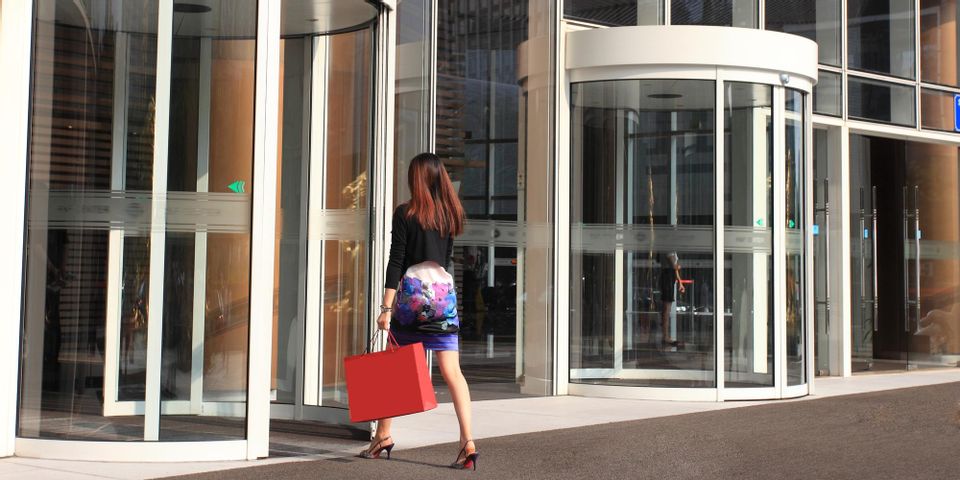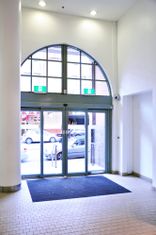How to Choose Between Sliding and Revolving Doors

Sliding and revolving doors are popular choices for businesses, since they are easy to operate and don’t block the flow of people entering and leaving the building. Both types of doors have their own pros and cons, and understanding them can help you choose the right type of entrance for your space. Here is a guide to the advantages and disadvantages of sliding and revolving doors.
Sliding Doors
 Sliding doors, also known as automatic doors, are highly accessible, using a motion detector or button to open and close without physical effort. Since they create a wide opening through which many people can walk at once, they’re ideal for businesses with a lot of foot traffic, such as retail shops and convenience stores. Companies in the health sector, which can receive many elderly or disabled visitors, also benefit from the ease automatic doors.
Sliding doors, also known as automatic doors, are highly accessible, using a motion detector or button to open and close without physical effort. Since they create a wide opening through which many people can walk at once, they’re ideal for businesses with a lot of foot traffic, such as retail shops and convenience stores. Companies in the health sector, which can receive many elderly or disabled visitors, also benefit from the ease automatic doors.
These doors aren’t energy-efficient, however, since they use power to operate and can be triggered by any motion, releasing heat and air conditioning outdoors.
Revolving Doors
Revolving doors create airlocks that prevent inside and outside air from mixing, keeping out heat, drafts, and saving on energy costs. They are also ideal for businesses that may want to control the flow of people entering and leaving the premises, such as office buildings and hotels.
Since revolving doors often require significant effort to push, they are not recommended for businesses serving disabled people, seniors, children, or people carrying heavy items, such as grocery stores and hospitals.
Whether you need sliding or revolving doors for your business, contact Southern Ohio Door Controls in Cleves, OH. Servicing all of Kentucky and the tri-state area, they offer all types of commercial doors with extended warranties and 24-hour emergency service. Visit their website to learn more about their products, or call (513) 353-4793 for a free estimate on a new installation.
About the Business
Have a question? Ask the experts!
Send your question

